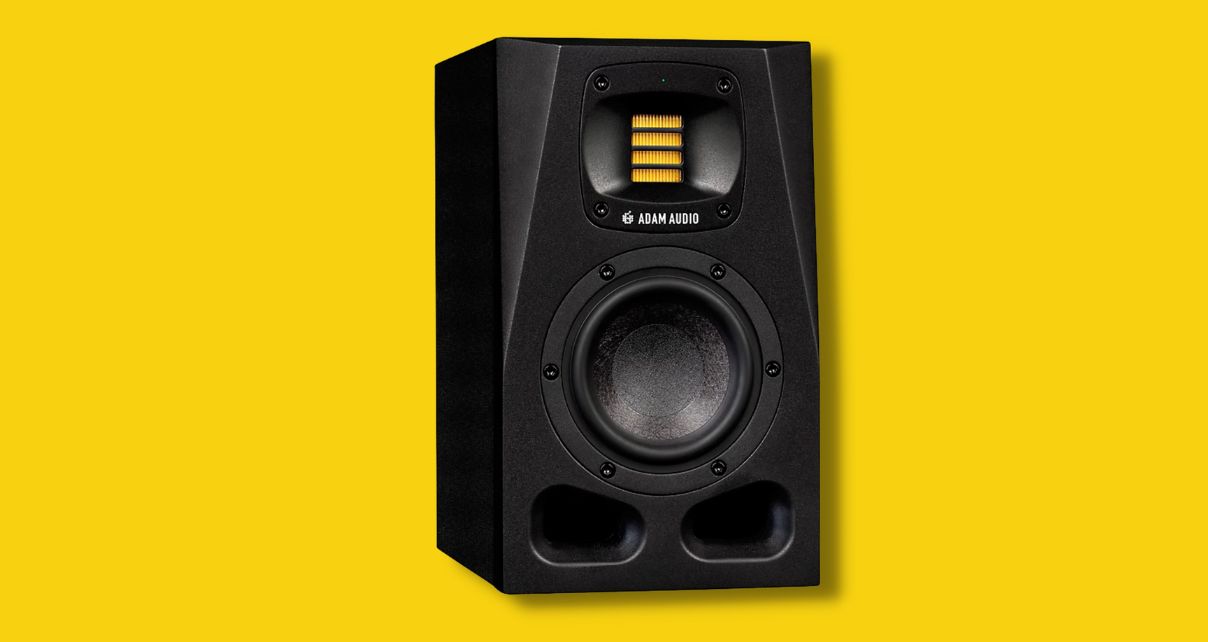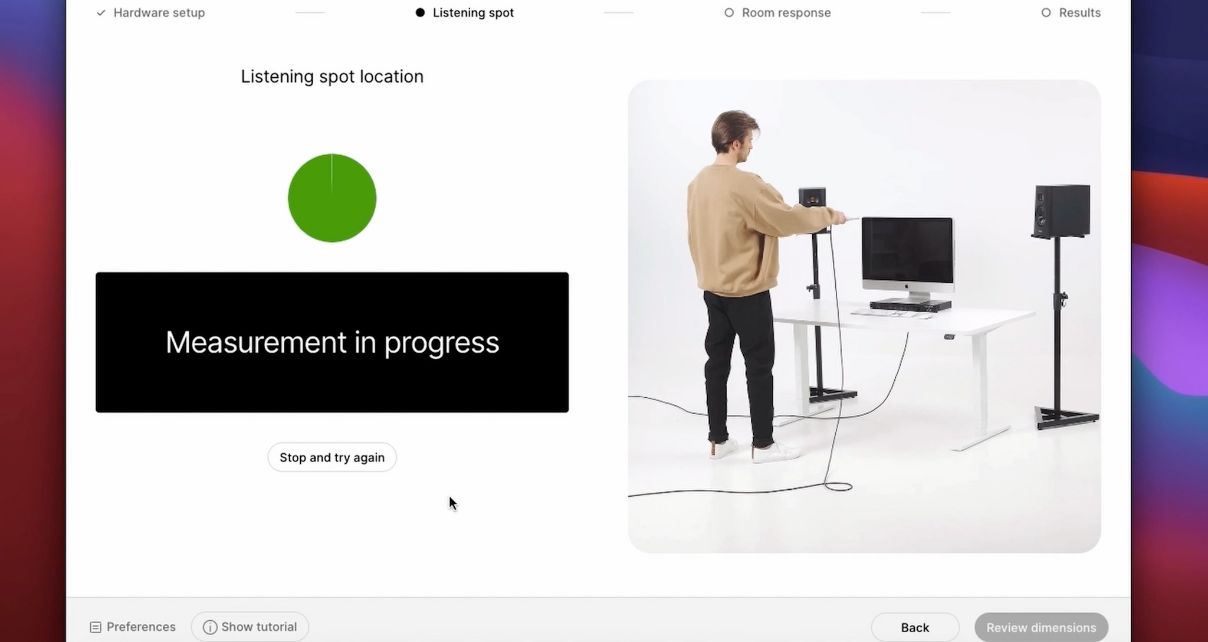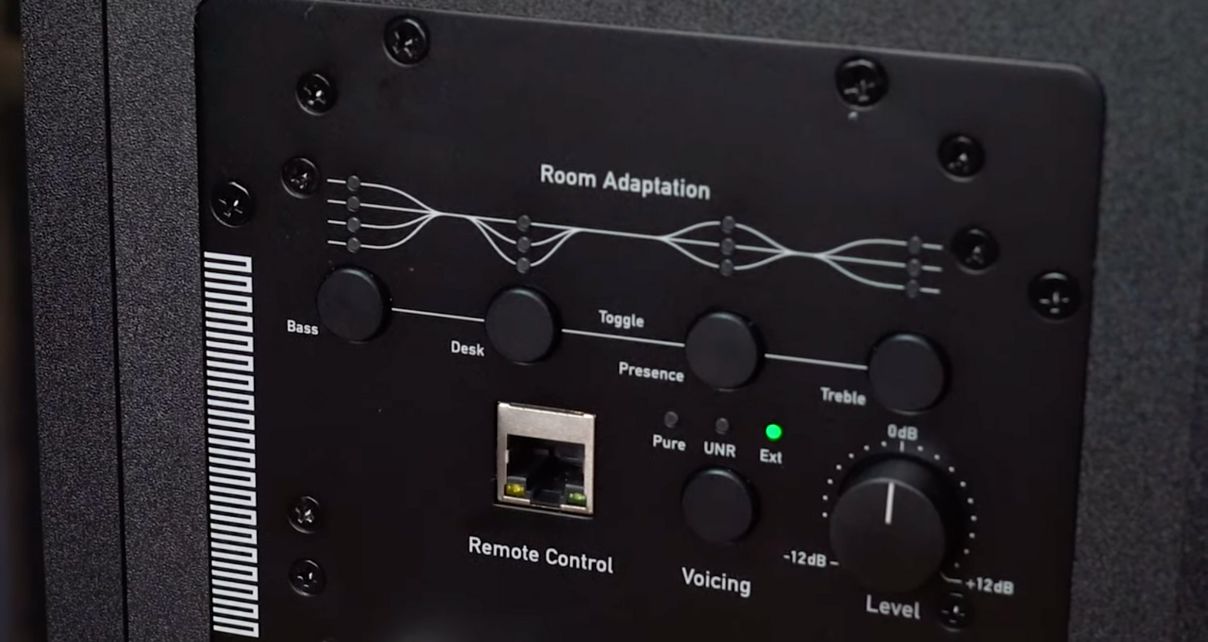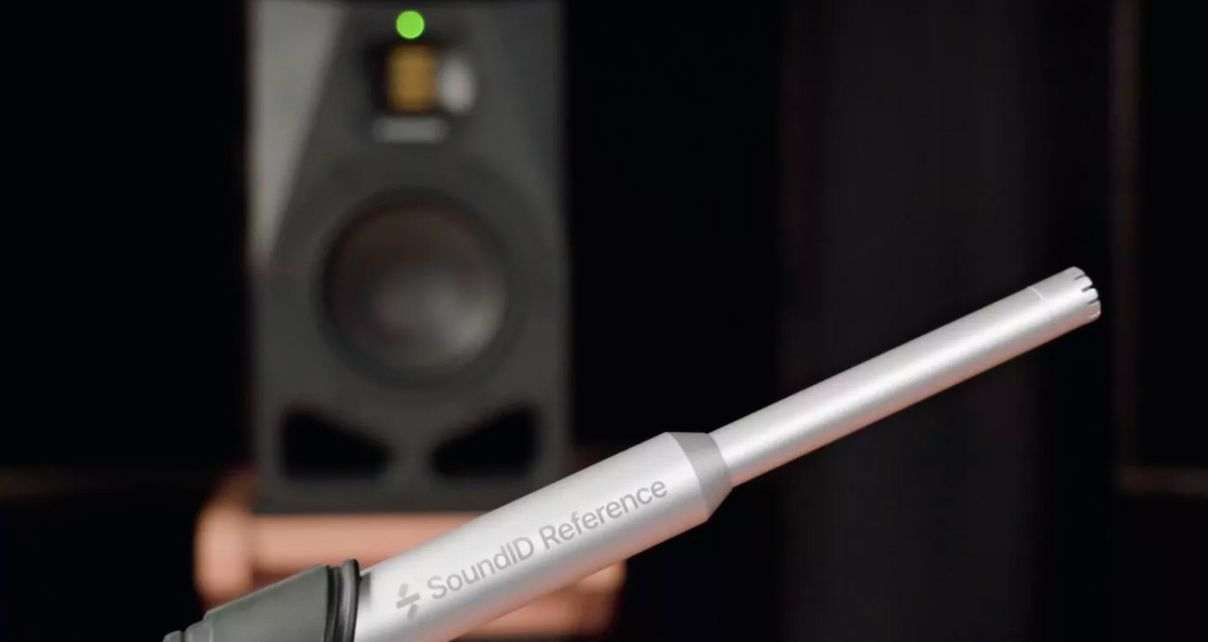It’s all very well having great-sounding speakers, but one of the biggest things that affects how your speakers sound in your room is nothing to do with the speakers – it’s to do with the room. That’s where a new collaboration between Adam Audio and Sonarworks aims to make a difference.
The companies have announced a partnership to help users “embed” Sonarworks’ renowned audio calibration profiling into every set of A-series speakers sold, based on each users’ individual studio – and they’ve bundled a free 60-day trial of the Sonarworks platform with every speaker purchase.

We’ve got a review of the A4V, the smallest of the new monitors, coming soon to Digital DJ Tips, and will also be reviewing the Sonarworks calibration process – we’re excited to try it for ourselves and report back to you.
But for now, check out the new A Series, including details of the Adam Audio A Control app (another innovation for this launch) on the Adam Audio website.
Want to know more about calibration? Read on for an explanation of why this is a bit of a game-changer for audiophile DJs and producers…
Why calibrate speakers?
There will be frequencies that need boosting or dipping to give you the best possible sound, based on resonances unique to your studio – so for excellent sound for DJ practice or for music production, “tuning” your speakers in this way is a super-smart thing to do – and it has all become possible in recent years, with companies like Sonarworks leading the way.
(Indeed, Sonarworks’s calibration tools are already widely used to calibrate headphones – we reviewed the Sonarworks headphone calibration process here.)
When it comes to speakers, using specialised software and a microphone, you can “sample” how your speakers sound from your listening position, creating a unique profile. Indeed, if you’ve ever seen consumer speakers such as Sonos that allow you to do something similar using your phone’s built-in mic (“Trueplay”), you’ll understand the concept.

Once you’ve run a room calibration process and let the software “hear” what your room sounds like, the software can alter any audio being sent to your speakers to compensate for that. As long as when you listen to your speakers, you run the audio first through the calibration software running on your computer, your room audio will be adjusted accordingly.
Result? Much better, tailored sound.
Read this next: 5 Tips For A Great-Sounding DJ/Producer Home Studio
Making this “set and forget”
While of course this sounds good in theory, it is also a little complicated in practice. Having to have an extra app and audio routing on your computer (it can be achieved via a VST in a DAW, too, but still needs setting up) is not ideal. You’ve got to always keep your computer’s audio routing set up like that. It takes processor power, which you may need elsewhere.
And what if you just want to DJ, with the audio you’re using going nowhere near your laptop in the first place? You don’t get the benefits.
That’s what’s so exciting about the feature Adam Audio worked on with Sonarworks for its A Series speakers. They have digital signal processors (DSPs) on board like many speakers nowadays, but in this instance, you can upload Sonarworks audio calibration data to the speakers themselves.

Once you’ve done this, every time you use the speaker, it applies that profile to the audio. In effect, you have a pair of speakers customised to your exact room, without the need to have any software running on anything external to achieve that.
How you can do it
One thing you’ll need to do, if you decide to buy some A Series speakers and take the companies up on their offer of 60 days of Sonarworks SoundID Reference software that lets you set all of this up, is get a microphone. There’s a special one you need, that Sonarworks sells.

Once you’ve got this (details are provided on purchase of speakers), you can run the procedure and upload the calibration to your new speakers. One of the really nice things is that using the A Control software, you can switch the calibration on and off, for instant comparison between the “clean” sound and that which has been improved for your space.
Learn to DJ with us: The Complete DJ Course
As I said, we’re going to be reviewing both the speakers (we have a pair of A4V’s here on test right now) and the calibration process, very soon – so watch this space.




